Introduction
It is very important that a ship’s Captain knows what type of weather is coming up. Bad weather is uncomfortable for sailors and can also be very dangerous.
If they have information about bad weather, Captains can route their ships to avoid it.
They find out what the weather will be like by listening to a Weather Forecast. The word ‘forecast’ means to ‘predict’, in other words, to tell in advance. The science of weather forecasting is called meteorology.
Sailors judge weather by the condition or ‘state’ of the sea.
| Calm |
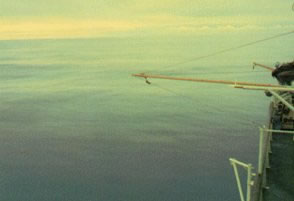 |
On a calm day sailors say the sea is like a mirror. It is flat and there are no waves . . . read more >>>
|
| |
|
| Moderate Breeze |
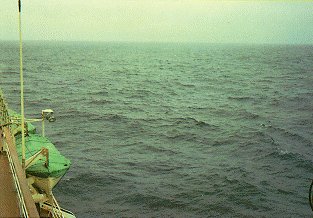 |
In this condition there are very small waves on the sea. However they are probably getting larger and there are lots of white horses . . . read more >>>
|
| |
|
| Strong Breeze |
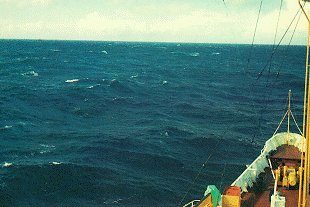 |
When there is a strong breeze large waves,
about 3 metres high, begin to form. . . . read more >>>
|
| |
|
| Gale |
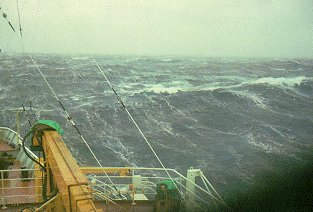 |
When there is a gale waves are about 5.5 metres high and are fairly long. The edge of the wave crests begin to break into spindrift. . . read more >>>
|
| |
|
| Storm |
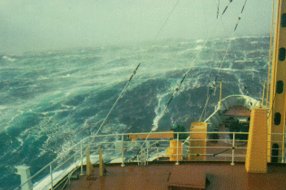 |
A storm produces very high waves, possibly
9 metres high. . . . read more >>>
|
| |
|
| Hurricane |
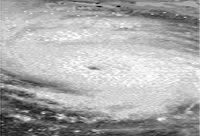 |
With a hurricane there are waves of 14 metres or more.
The air is filled with foam and spray. . . . read more >>>
|
| |
|
| The Beaufort Scale |
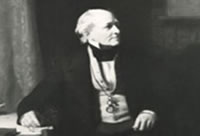 |
The Beaufort Scale of Wind Force was developed in 1805 by Admiral Sir
Francis Beaufort . . . read more >>>
|
| |
|
| Weather Forecasting |
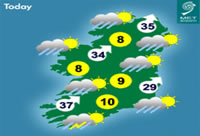 |
The Irish Meteorological Service, called Met Eireann is the leading
provider of weather information and related services for this country . . . read more >>>
|
| |
|
| Summary |
 |
Review the material covered in this section . . . read more >>>
|
| |
|
| Follow the Fleet LIVE |
|
Find out where these ships are now . . . to Follow the Fleet LIVE.
|
| |
|
| |
|
|